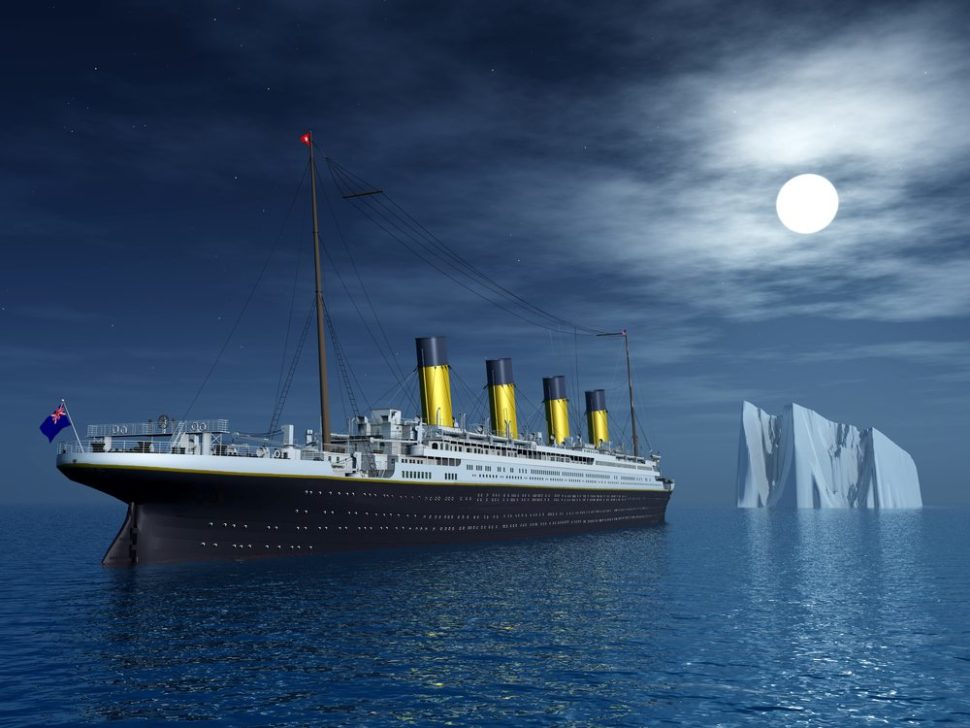Russian researchers patented a new technology for producing an aluminum-based, unsinkable foam.
The manufacturing world is facing some serious challenges. Modern realities dictate the need for innovative, useful products that consume less energy and have smaller negative impacts on the environment. All this must also come with accounting for safety standards and rigorous regulatory requirements.
Aluminum foam makes ships unsinkable, even with significant hull damage.Click To TweetThis is especially true for the transportation industry, as engineers and material scientists are looking to develop new materials that improve our ability to conduct ourselves safely while meeting these requirements.
To that end, metal foams are a prime candidate for useful, safe, and regulatory-abiding innovation.
Metallic Foams: how and why
In nature, there are some structures that are both stiff and light, like bones in vertebrates, coral in the oceans, or cork wood. All these natural materials have one thing in common: a porous structure.
In a similar way, metal foams have a porous cellular structure that’s obtained by finely injecting foaming gas into liquid metal.
These gas-filled pores, which can be either interconnected “open-cell” or sealed “closed-cell”, gives metal foams a structure that combines rigidity and lightness.
Metal foams have a number of interesting applications, including ballistic-proof armor.
https://youtu.be/dRpyM3a4Wj8
In mechanics, metal foams become shock-proofing because they can absorb large amounts of energy. The metallic foam structure allows it to react homogeneously in all directions to a shock and withstand high, bending forces.
In the same way as crash-boxes, metal foams can dampen phonic vibrations, and so are used to make sound insulators and sandwich beams.
New Aluminum Foam to make Ships Unsinkable, Even With a Leak
Although these foams can be made from various metals, like copper or steel, aluminum is preferred for its reduced density and high mechanical performance.
Researchers at Peter the Great St. Petersburg Polytechnic University in Russia (SPbPU) revealed a new method for producing aluminum foam with a lower density than water–meaning it can float.
Japanese researchers have previously created unsinkable aluminum foam, but the structure had to be entirely porous. SPbPU’s new production technique allows them to reduce porosity but still maintain a lower density than water.
As one of our readers, Ivank2139, argues, a modern-day ship with hull damage stays afloat despite hull damage with a series of bulkheads (watertight compartments) that can be shut off from water entering the ship.
According to some, it is unlikely that metal foams will be used to render ships unsinkable. But it’s a nice thought, isn’t it?
According to Oleg Panchenko from SPbPU, and one of the research team who developed the unsinkable material, building ships with structural elements made from this new unsinkable aluminum foam would allow the ship to float even with a leaking hull.


















Watertight compartments are what make ships less prone to sinking when damaged. A modern USN carrier has over 6K separate watertight compartments. The titanic bulkheads were only watertight up to the main deck. One could overflow into the next so as the ship filled up at the bow the water eventually overflowed into the next compartment. The ship went down by the bow.
Metallic structural foams are of great interest for many reasons but making a ship unsinkable is not one of them.